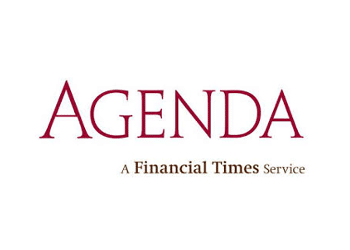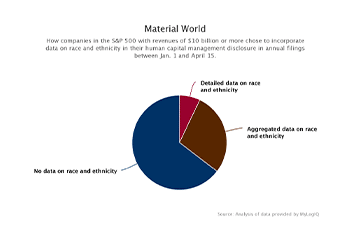A year that included both a market recession and a rebound, 2020 saw equity compensation for named executive officers increase by 3.7% at companies in the S&P 500, according to data from public company intelligence provider MyLogIQ.
While median equity comp was up for executives in 2020, financial performance was not. At S&P 500 companies, the median revenue shrank by 0.7% in 2020 compared with 2019, according to data from Farient Advisors. Median earnings per share at S&P 500 companies also decreased in 2020, down 1.3% from 2019, said Eric Hoffman, vice president and leader of information services at Farient.
Nonetheless, Hoffman said he expects equity grants for this year and 2022 to fall in line with the increases of the last several years as companies do their best to retain talent.

